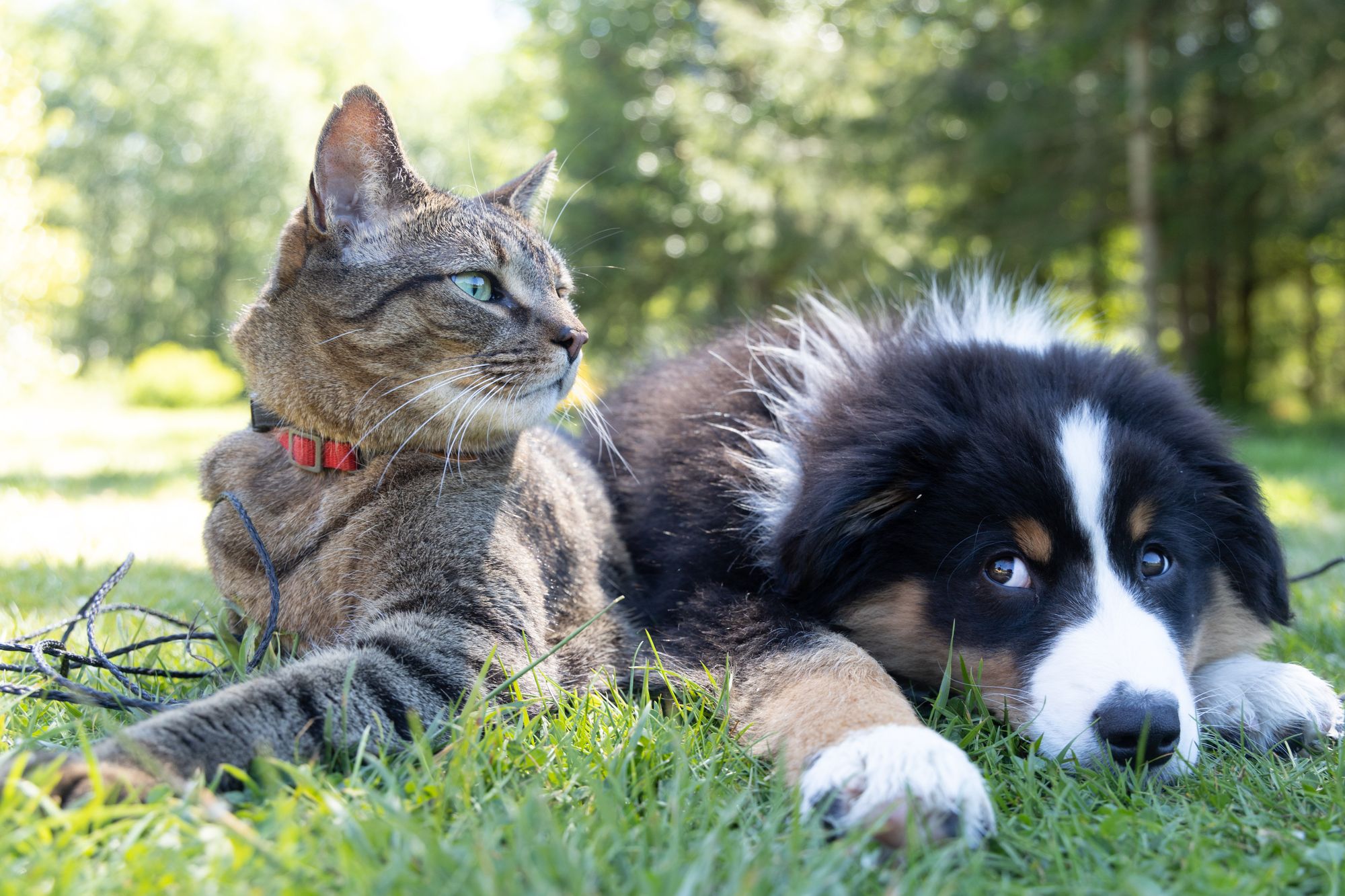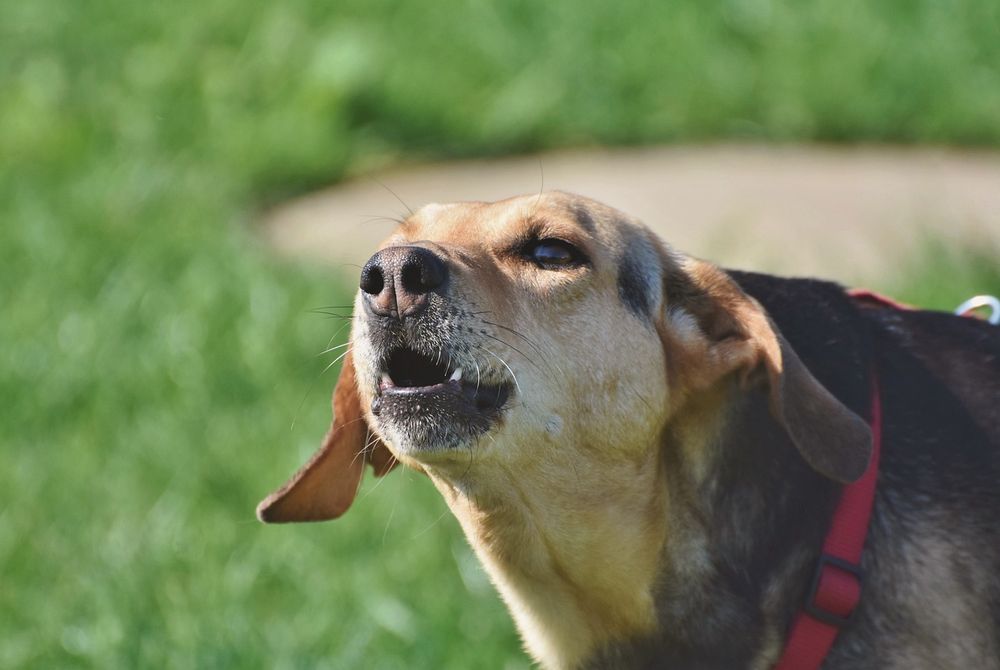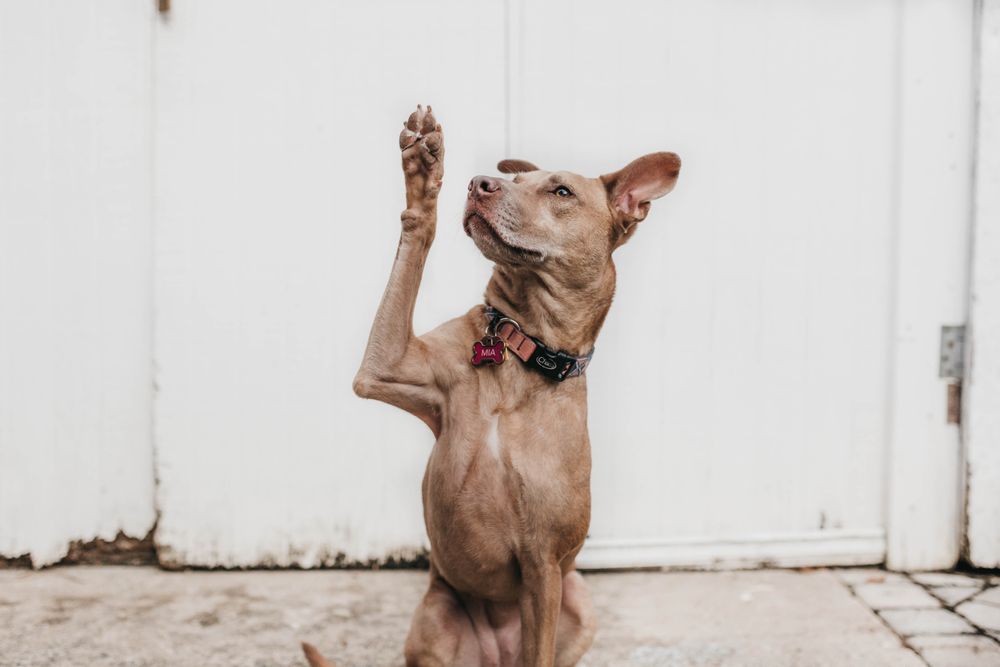Some dogs get along great with cats, others take time to get comfortable, and some simply can’t cohabitate safely. When thinking about bringing a cat and dog into the same home, it’s very important to think about the introduction. A well managed introduction can make or break the relationship between a dog and cat, and this article will explain:
- How to introduce a dog and cat
- Mistakes to avoid when introducing your dog and cat
- Frequently asked questions about introducing a dog to a cat
How to introduce a dog to a cat
Introducing your dog to your cat is all about patience, space management and being aware of how all animals are feeling. Follow these steps when introducing your dog to your cat:
- Introduce your animals in stages. First, introduce them through a closed door and allow them to smell each other through the door, but don’t allow them to be in the open together.
- Give each animal a blanket that smells like the other animal. This will help them get used to each other’s presence.
- After two weeks of blanket swapping, consider a face-to-face introduction. To prepare your dog, take them on a long walk to get rid of excess energy. Then, when you’re ready to introduce your animals, you have two options to ensure everyone is safe: leash both animals or use a baby gate or pet gate to keep them physically separated. Either option works, and the key is providing each animal with a steady flow of treats / rewards throughout the encounter. This will help them develop good associations about each other.
- If either animal shows signs of stress, separate them immediately. You will also want to take a step back, resume giving each animal a blanket that smells like the other, and retry a face to face introduction in the future.
- Move at the pace of the more tentative animal. Do not move to an off leash experience or allow both animals to free roam until both animals are ready and you are confident that everyone can stay safe and happy.
- Offer both animals a safe space. Even after your dog and cat are living comfortably together, continue to offer each animal a safe space to retreat to whenever they need a break. For your dog, this could mean a crate or mat. For your cat, this could mean a bathroom or laundry room equipped with food, water, a scratching post and bed.
Mistakes to avoid when introducing dogs to cats
When introducing your dog and cat, there are a few mistakes you can proactively avoid:
- Rushing the process. Do not proceed with a face to face introduction until you’re confident both animals will be calm and comfortable. Rushing can lead to over-arousal, fear and even a situation where your dog and cat will never be comfortable in the same space. Patience is your friend.
- Allowing your dog to chase your cat. Never let your dog chase your cat. If your cat gets chased, chances are they will feel afraid and defensive towards your dog.
- Feeding your dog and cat in the same space. To ensure your cat doesn’t have to compete with your dog for food or water, and reduce the likelihood of conflict between your dog and cat, give them their food and water in separate spaces.
- Long introductions. Once your dog and cat are ready to meet, introductions should be short, sweet and frequent. Keeping things short increases the likelihood that both animals remain calm, comfortable, and have good feelings about one another.
- Leaving them unsupervised. When introducing your dog and cat, never walk away and leave them alone. Being continually present will allow you to monitor each animal’s body language and take action if either animal shows signs of discomfort.

Frequently asked questions about introducing a dog to a cat
How long does it take for a cat to get used to a dog?
Every dog and cat’s timeline is different, but the key is to move at the speed of your more tentative animal and focus on how they’re feeling. By doing this, you will help your dog and cat create a good association with each other and increase the likelihood that they have a positive and healthy relationship.
How do you tell if a dog is aggressive towards cats?
You should always introduce your dog and cat in stages. If you start the introduction process with your cat and dog on either side of a closed door, and your dog is growling or barking they are not ready to meet your cat. Furthermore, your dog’s body language will help you determine how your dog is feeling about your cat. Areas to pay attention to include your dog’s:
- Tail. A loose tail or propeller-like wag usually indicates your dog is feeling friendly. On the other hand, a stiff or high tail may indicate that your dog is on guard.
- Ears. Ears held in a natural position typically indicate that your dog is relaxed. On the other hand, ears that are held up and forward may indicate feelings of aggression towards your cat.
- Eyes. “Soft Eyes,” a warm, sometimes squinty look, usually means your dog is friendly and willing to interact. On the other hand, “Hard Eyes,” a cold, icy look usually associated with a direct stare, usually indicates that your dog may be prepared to aggress forward.
- Mouth. A mouth that is slightly open, with no teeth exposed, generally means your dog is relaxed. Whereas a frightened dog may pull the corners of his lip back (“lip long”) and a dog that needs space may pull their lips back, bare their teeth and wrinkle their muzzle.
How do I train my dog to leave my cat alone?
Your dog and cat should be introduced in stages, with the focus being on helping each animal build a good association with the other. To make sure all animals are safe and comfortable, move at the pace of the slower animal and do not allow both animals to roam freely until you are confident that everyone can stay safe.




